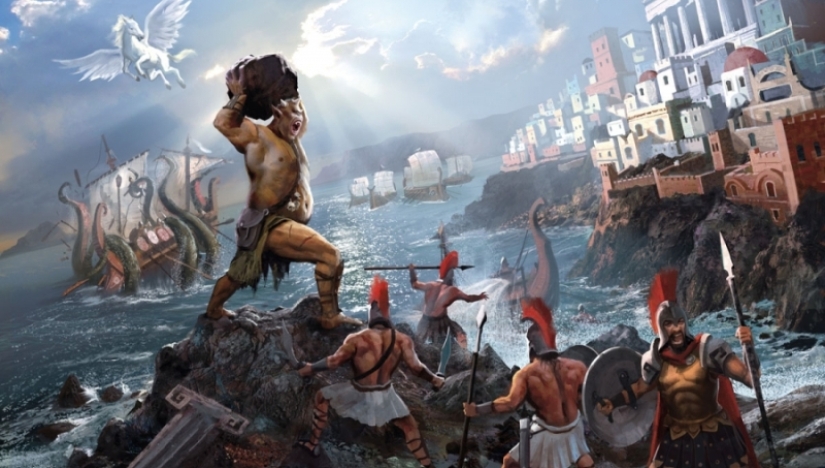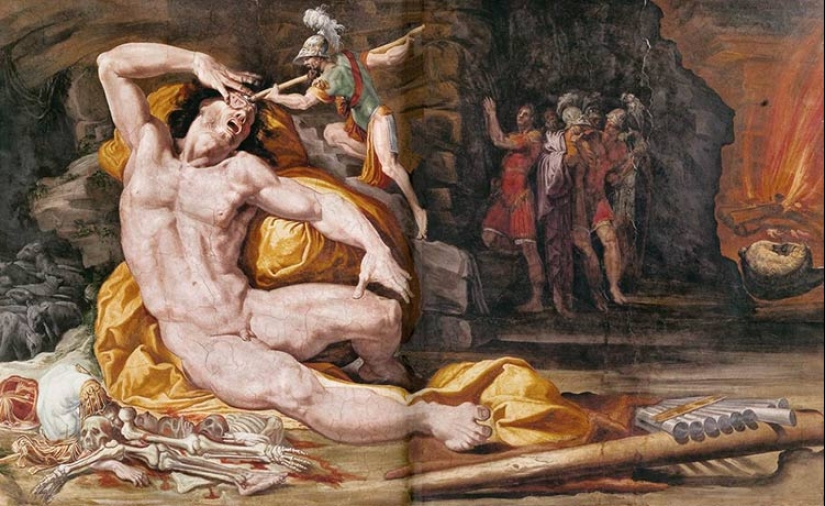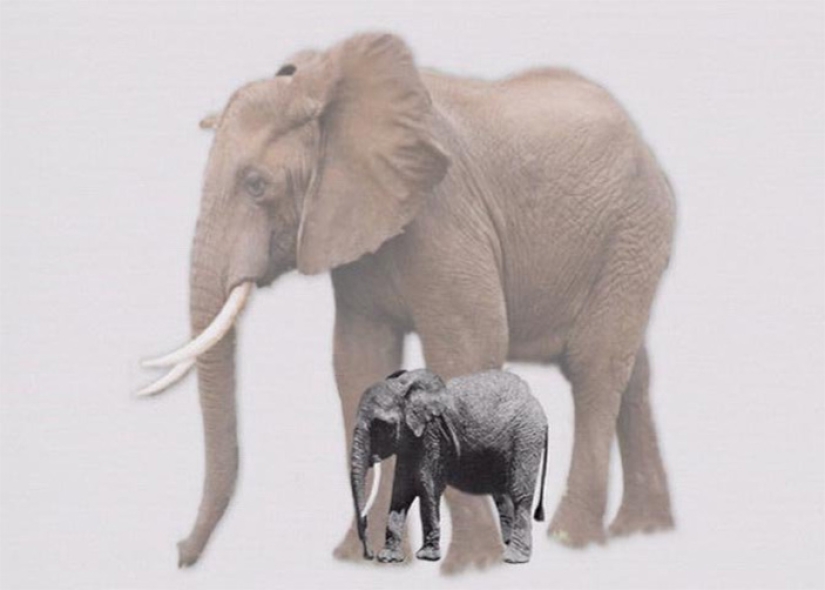How the Cyclopes appeared in ancient mythology, and where do elephants and ponies come from
Categories: Animals | Culture | History
By Pictolic https://pictolic.com/article/how-the-cyclopes-appeared-in-ancient-mythology-and-where-do-elephants-and-ponies-come-from.htmlThe myths of Ancient Greece often mention the evil and treacherous one-eyed giants - Cyclopes. Talks about them in the "Odyssey" and the great Homer. Odysseus and his companions encountered these giants on one of the islands and, thanks to their ingenuity and dexterity, managed to defeat them. It can be assumed that the Cyclopes are the fruit of the imagination of the ancients, whose imagination created an impressive bestiary of strange creatures. But in this case, everything is much more complicated and interesting. The legends about the Cyclopes did not arise from scratch, but thanks to terrible finds.

Thousands of years ago, inhabitants of the Mediterranean islands of Malta, Cyprus, Crete and others found strange skulls with fangs and one large eye socket. They were much larger than human and looked like the remains of dangerous and terrible creatures. It was thanks to them that legends about the Cyclopes appeared, who lay in wait for sailors on rocky islands.

Scientists unraveled the mystery of these skulls only at the beginning of the 20th century. It turned out that they belonged to ... elephants. No, not to those elephants that live today in Africa and Asia, but to their extinct dwarf counterparts of the species Palaeloxodon falconeri, who once inhabited the archipelagos of the Mediterranean Sea. These animals were the size of ponies.

The hole, which the Greeks took for the eye socket, was intended for the trunk. We can say that it was a big nostril. Real eye sockets, much smaller in size, were located below and on the sides of the head. But how did the elephants end up on patches of land surrounded by the sea, and why were they so small? Science has already found the answer to all these questions.

The history of little elephants began about 5 million years ago, in the Miocene. Due to the movement of the earth's crust, the Strait of Gibraltar disappeared and a rapidly drying lake of enormous size formed in place of the Mediterranean Sea. For hundreds of thousands of years, the sea has practically dried up and was a lot of small lakes with salt water.

A dry land was formed, along which animals from Africa could freely migrate to Europe. But then a series of earthquakes destroyed the bridge between Africa and Europe. A huge waterfall was formed, which gradually filled the Mediterranean Sea. The hills turned into islands, on which the animals turned out to be isolated.

Elephants on the islands were not originally miniature. They became so thanks to a phenomenon known as "island dwarfism". On small islands, there is little food, but there are no predators. Therefore, it makes no sense for animals to be large. This is how the Shetland ponies appeared - small horses, the Japanese wolf, which became extinct at the beginning of the 20th century, and the Madagascar hippopotamus.

The island elephants also gradually decreased. Their height was about a meter, and their weight was about 200 kg. Elephants on the islands of the Mediterranean Sea could be found relatively "recently" - they died out 10 thousand years ago. Of course, ancient hunters played a key role in the disappearance of these mammals. Miniature herbivorous elephants were no more dangerous than wild pigs and they were gradually destroyed.

The ancient Greeks did not find elephants, but they found many of their remains. At that time, many were familiar with ordinary elephants, but who could have guessed that there were once dwarf ones as well. Looking at outlandish skulls with one "eye socket", people came up with stories about the Cyclopes.
Recent articles

American artist Lee Price is sure that eating is a completely natural process, but many are ashamed of their attitude to food, ...

Our beautiful and diverse world will surprise even the most inveterate skeptic! We publish a selection of irrefutable photoproofs ...

Photographer Brigitte Niedermair works with world-famous glossy magazines and fashion houses. Her regular clients include Dior, ...